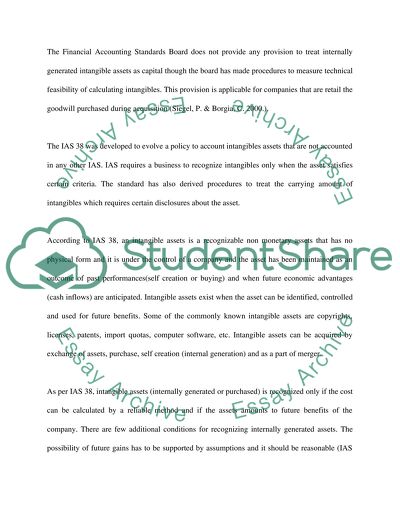Cite this document
(The Recognition of Intangible Assets Assignment, n.d.)
The Recognition of Intangible Assets Assignment. Retrieved from https://studentshare.org/macro-microeconomics/1548070-the-recognition-of-intangible-assets-should-it-be-permitted-refer-to-contemporary-practice-and-research-what-is-the-worldview
The Recognition of Intangible Assets Assignment. Retrieved from https://studentshare.org/macro-microeconomics/1548070-the-recognition-of-intangible-assets-should-it-be-permitted-refer-to-contemporary-practice-and-research-what-is-the-worldview
(The Recognition of Intangible Assets Assignment)
The Recognition of Intangible Assets Assignment. https://studentshare.org/macro-microeconomics/1548070-the-recognition-of-intangible-assets-should-it-be-permitted-refer-to-contemporary-practice-and-research-what-is-the-worldview.
The Recognition of Intangible Assets Assignment. https://studentshare.org/macro-microeconomics/1548070-the-recognition-of-intangible-assets-should-it-be-permitted-refer-to-contemporary-practice-and-research-what-is-the-worldview.
“The Recognition of Intangible Assets Assignment”. https://studentshare.org/macro-microeconomics/1548070-the-recognition-of-intangible-assets-should-it-be-permitted-refer-to-contemporary-practice-and-research-what-is-the-worldview.


